THE LANDSCAPING SOLUTIONS BLOG
Welcome to our Blog. Inspiration, updates and industry trends from the team at Landscaping Solutions.
GARDEN DESIGNER PAMELA JOHNSON
Here at Landscaping Solutions, we’ve got to know some of the garden designers we work with pretty well.
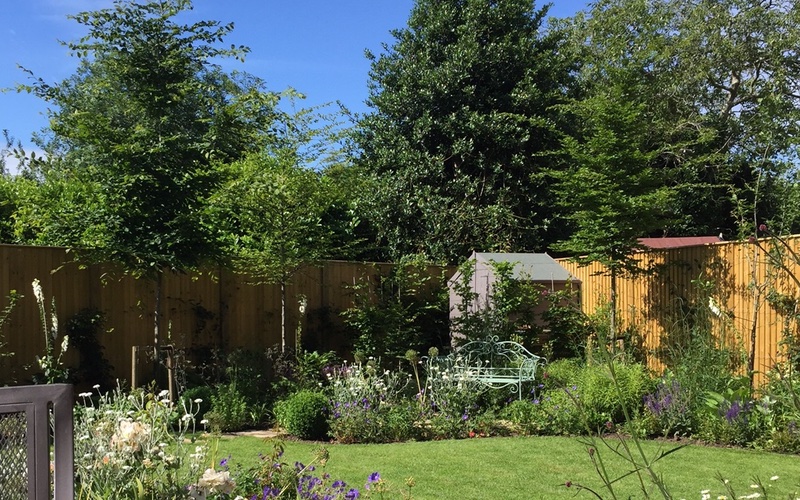
A garden in Hampton, Surrey, designed by Pam Johnson. She describes her designs as having become increasingly “planty” over the years.
One of the great pleasures of working with the same person on a variety of projects over the years is becoming familiar with another’s working practices so you virtually start from where you left off when the next garden design brings an opportunity to team up again.
“It’s the team you end up working with that’s critical,” says Pamela Johnson. Pam’s had twenty-five years’ experience in the business, training at the College of Garden Design when it wasn’t so much a growing profession, as she says, but a very small growing hobby. Things have certainly changed in a quarter of a century.
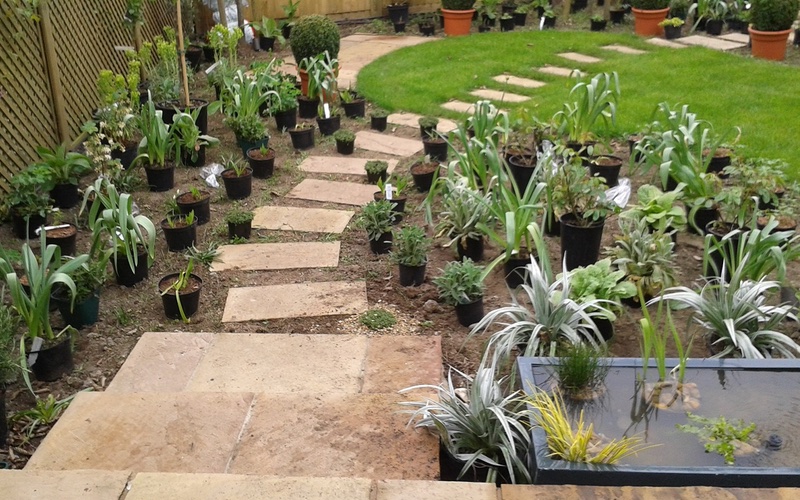
For Pam, there’s no substitute for good ground preparation. “If it’s not done properly, it’s hard to get a garden working when it all starts growing.”
Since she started, Pam has designed many gardens in and around London, but has now moved to Dorset. “I had enough of tiny London gardens and the logistics,” she says; if you’ve any experience of the problems of parking, access and spoil removal in Central London, you can probably sympathise.
While she was here, though, the result was some truly gorgeous gardens, of which we’ve been lucky enough to build a large number. Building relationships with designers is equally precious to us. “Ben’s very good with clients and good at running a team, which is critical,” says Pam, “but the next person who’s very important is the foreman.”
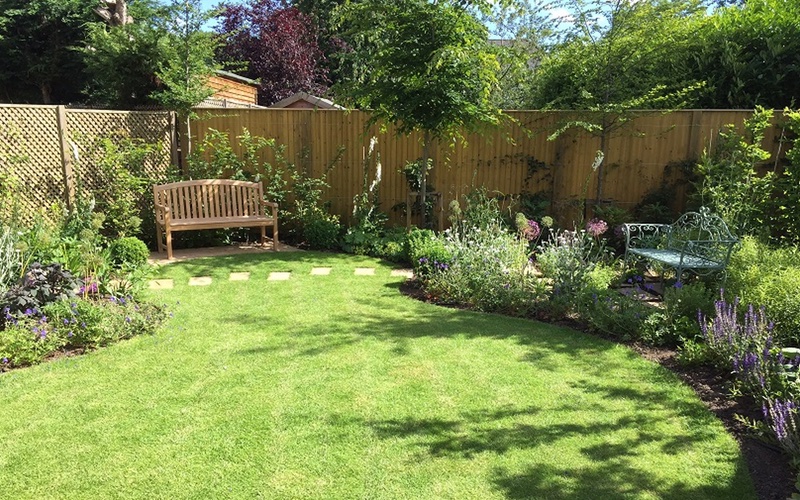
Another view of Pam Johnson’s design for a garden in Hampton, Surrey.
The foreman is the one who heads up the team on site, keeps things running smoothly, liaises with the client and keeps the designer informed on a day-to-day basis.
“As a designer,” adds Pam, “that’s the person you work with most.” Here at Landscaping Solutions we have three permanent teams and the foreman of each stays with a project from start to finish. “That’s critical, too,” adds Pam. “If a foreman has a good sense of design themselves, and an understanding of your design, is good with the client and understands your relationship with the client, then it’s good combination. If you’ve not got any of that, then it’s a nightmare. Tom, whom I worked with, is delightful, very talented.”
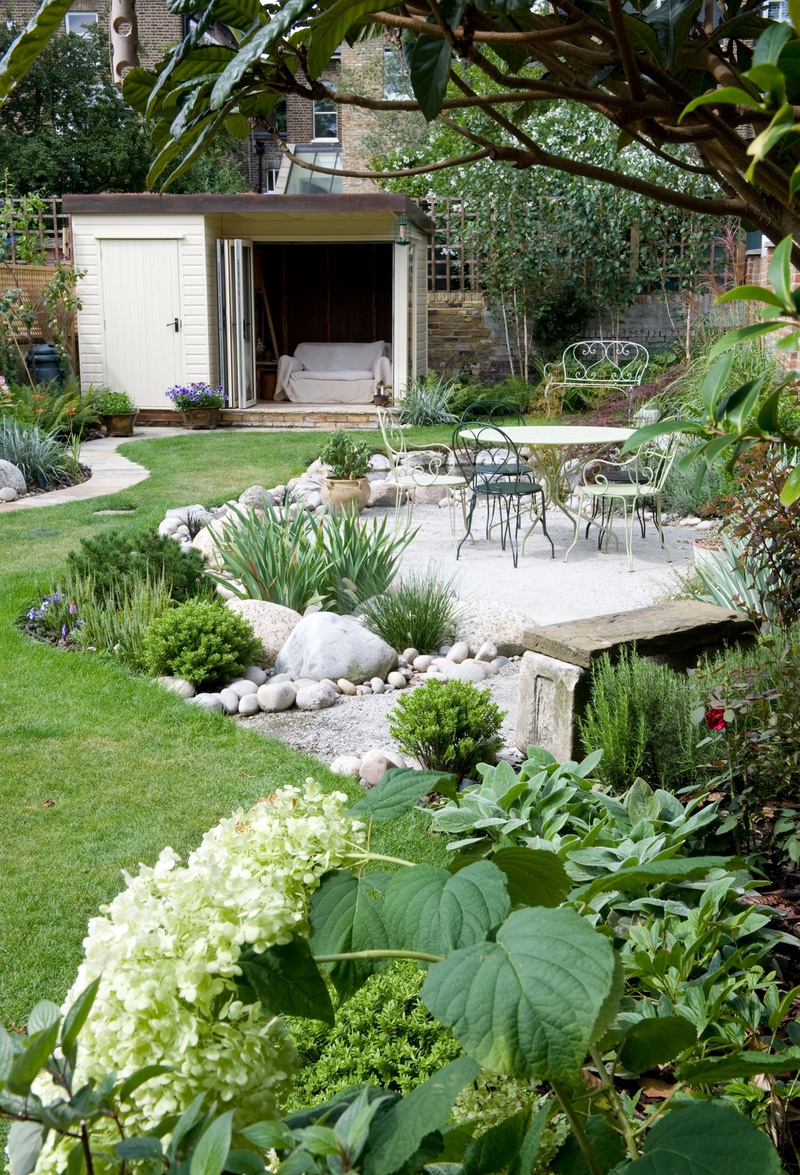
A beautifully balanced design which won a BALI award for a Surrey garden.
Pam approaches a garden very much from the point of view of the client. “I interpret within their means, manage their expectations. You don’t want something inappropriate to the circumstances. If I was to design something that I wanted, it wouldn’t fit the brief.” At the forefront is always the understanding that, as she says, “It’s not my garden, it’s the client’s garden. And it’s important for the landscaper to respect that too.”
There’s quite a skill to marrying up expectations with circumstance to create a happy solution. Some clients came to Pam because they loved the look of her own garden. “Aspirations can be tricky,” she says. “Unless you were a really good gardener, you wouldn’t be able to achieve that.”
Now in Dorset, Pam is taking a break from designing and, instead, is concentrating on working on the blank canvas of her new garden, currently mostly gravel. “It needs proper structure,” she explains, and she plans to do things gradually, seeing how they develop. “I’m doing it very slowly, rather than all at once. ‘Slow gardening’,” she laughs.
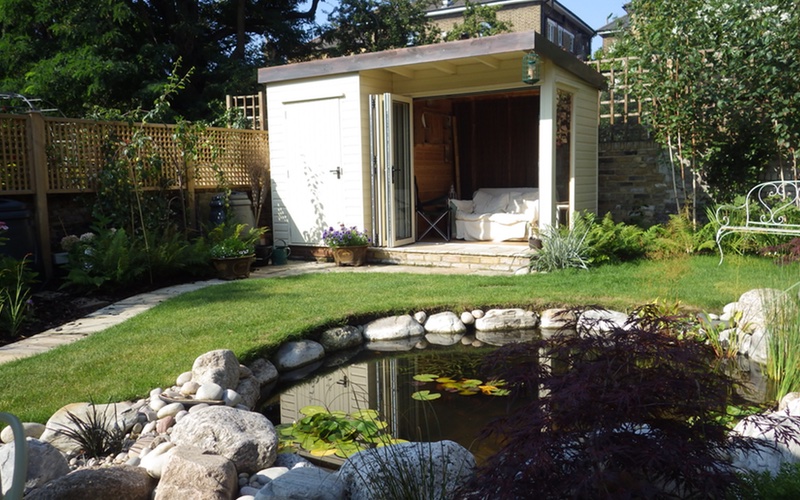
Pam used a sinuous path to echo the border of the pond in this BALI award-winning Surrey garden.
Starting when garden design was so young an occupation, Pam spent many years as a member of the Society of Garden Designers, which has presided over an improvement in working practices within the profession. “The SGD has set out quite rigid guidelines about how to conduct business, making sure everything’s done properly and professionally.”
This has turned out to be to everyone’s advantage, from the client, who knows that sensible quotations have been obtained, to the landscaper, who gets as full a brief as possible from the start. “The guidelines inform the way you deal with contractors,” explains Pam, “so you get comparable quotes for a specification. If all contractors quote for slightly different things, that means nothing.” As a client, it’s vital that your designer understands how to specify and get quotes. “There’s always an anomaly,” adds Pam, “but that’s the designer’s problem to work out.”
As anyone who’s had a garden designed and built knows, “something unseen”, as Pam puts it, is likely to crop up. If a problem occurs, it’s usually the site conditions at the centre of it. “The weather,” explains Pam, “or something buried, or a neighbour who complains.
“A landscaper can be instrumental in working something out,” she adds. “You need someone with good people skills. Ben will have a talk with a difficult neighbour and then say, ‘We had a problem, but we’ve sorted it.’ It’s great when someone does that.”
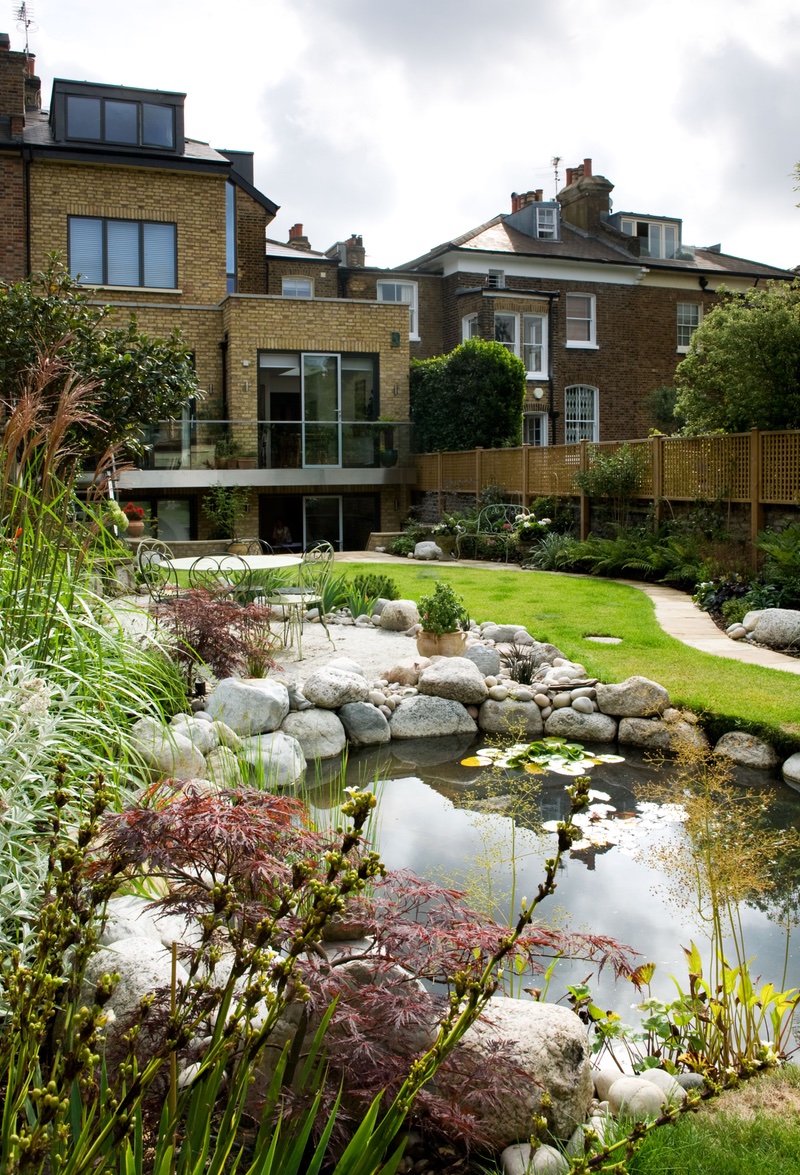
It’s important that a garden matches the needs of its owner.
Not only that, but we understand that the project we’re working on won’t be the only iron you, as a designer, have in the fire. “If you want him to, Ben’s very good at stepping in and dealing with stuff that would have been the designer’s job if, for whatever reason, the designer can’t do it,” adds Pam.
The better a designer and landscaper get to know each other and the way they work best, the easier it is to liaise and anticipate any difficulties in a build. That’s why we believe in the importance of getting to know how the designers we work with like to do things and in building up a relationship. We’re proud also to have contributed to the success of a number of award-winning gardens in London and the South-East.
Pam will eventually open her new garden for the NGS, but it won’t be very soon. In the meantime, however, keep an eye out for a blog about her new garden and courses on gardening. We’ll give you a shout on our social media when they start.
“Designing gardens is a delight,” says Pam. We couldn’t agree more!
If you’d like a chat about how Landscaping Solutions can help you achieve the design you want, then give Ben West a ring on 0208 2412402 or email info@landscapingsolutions.co.uk